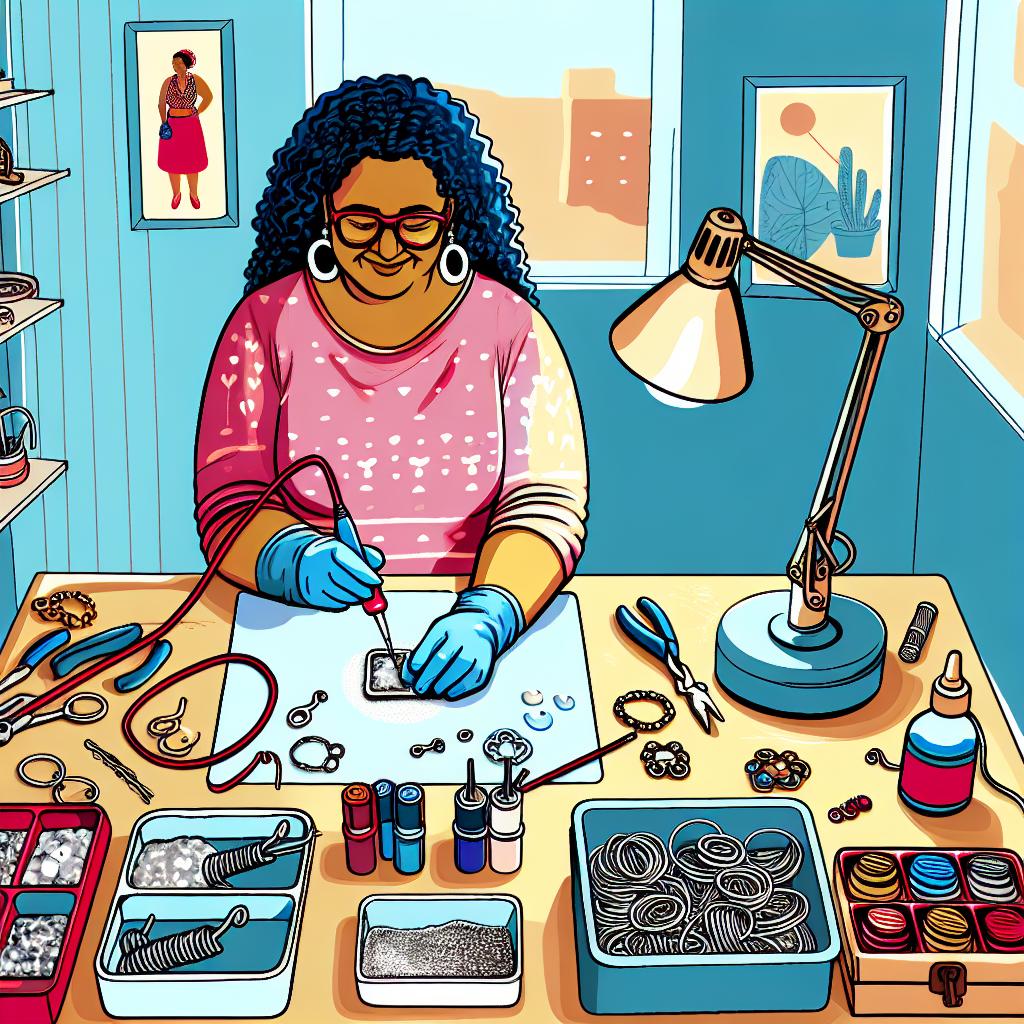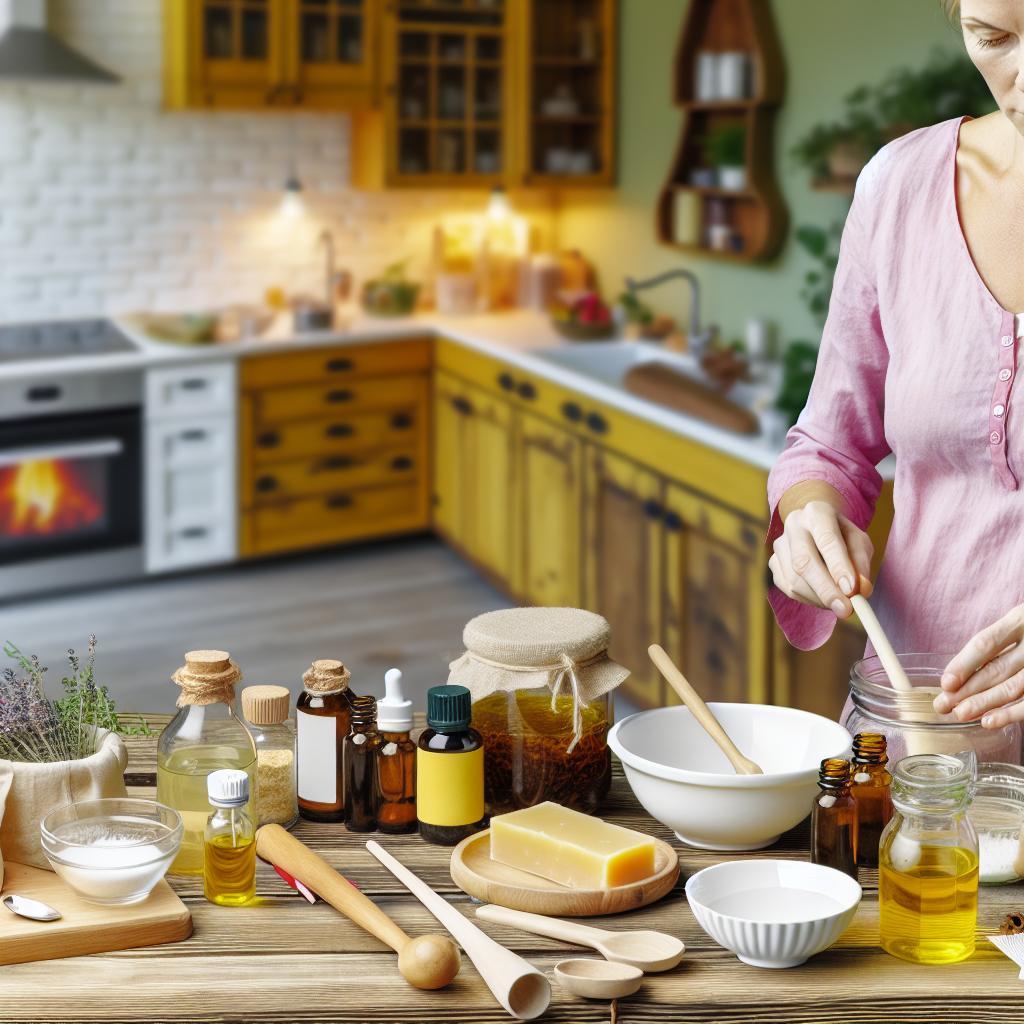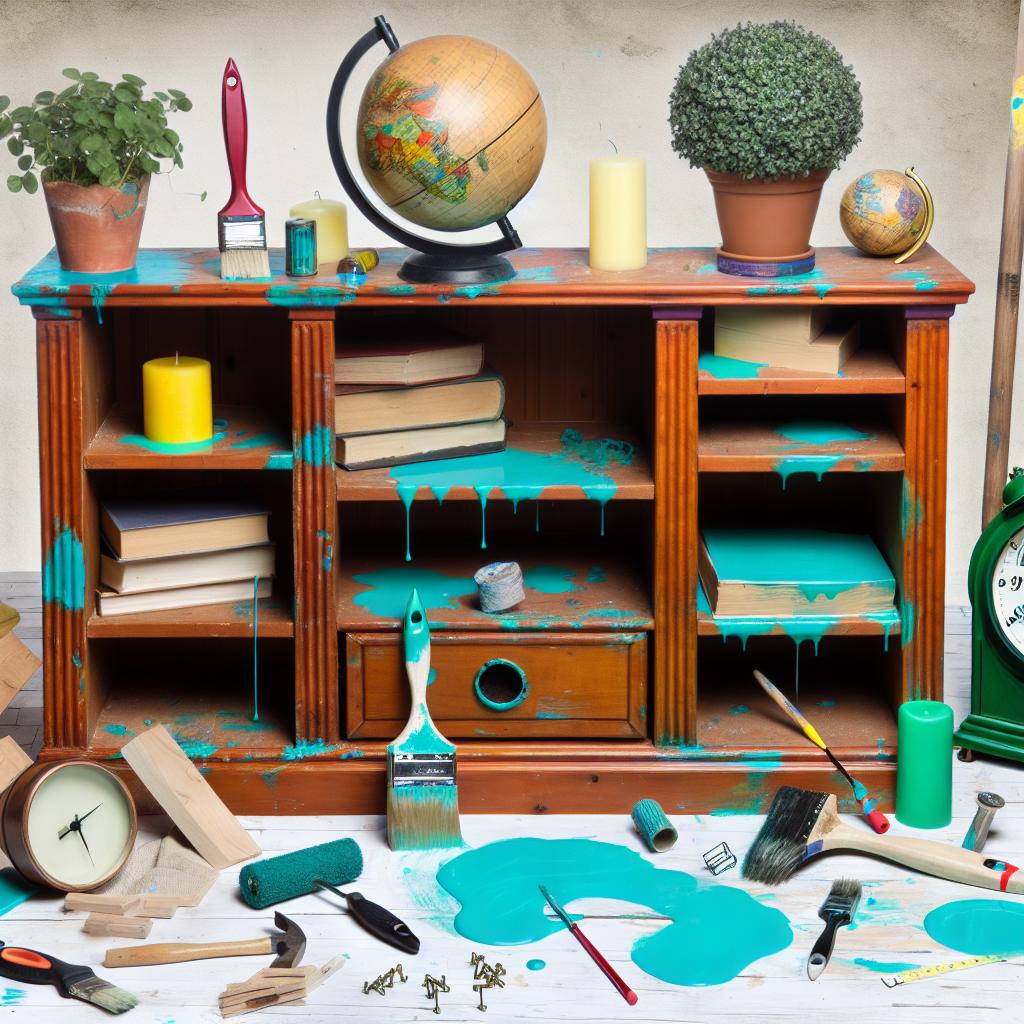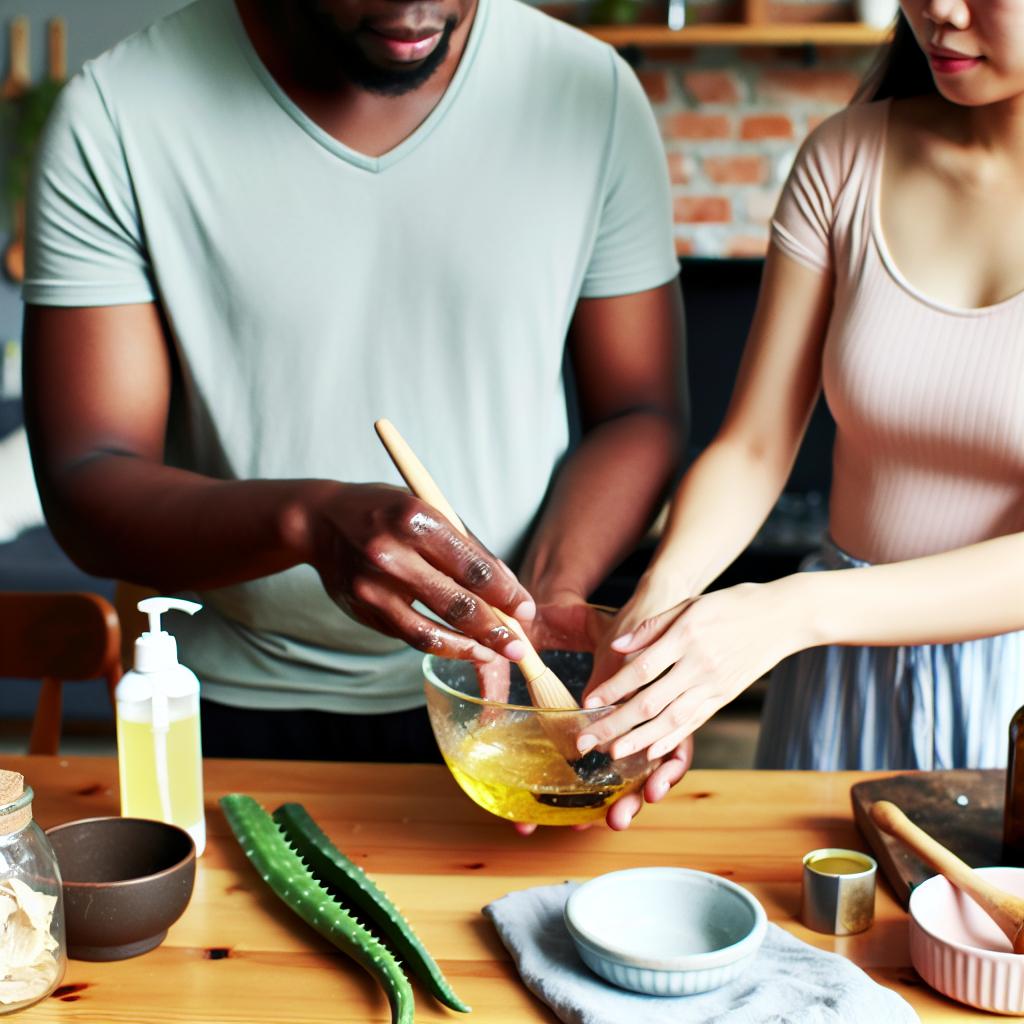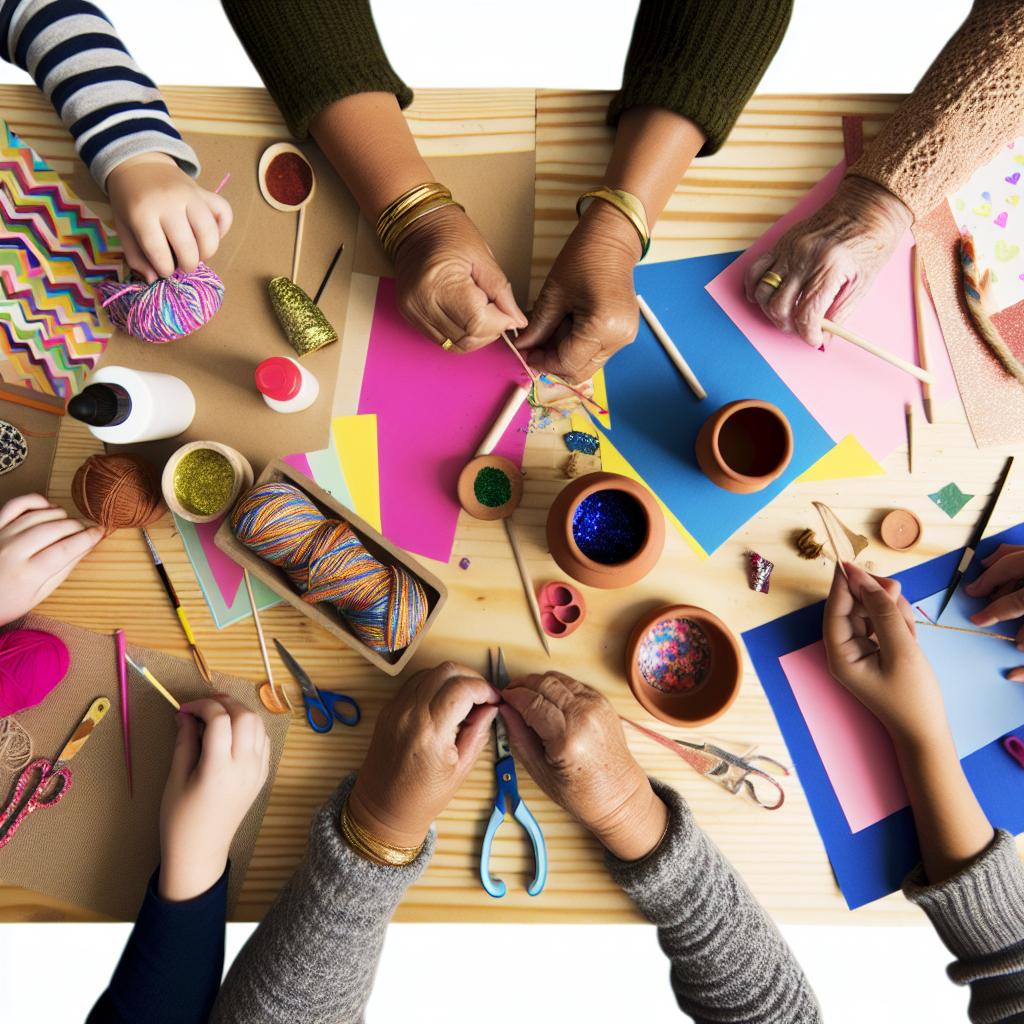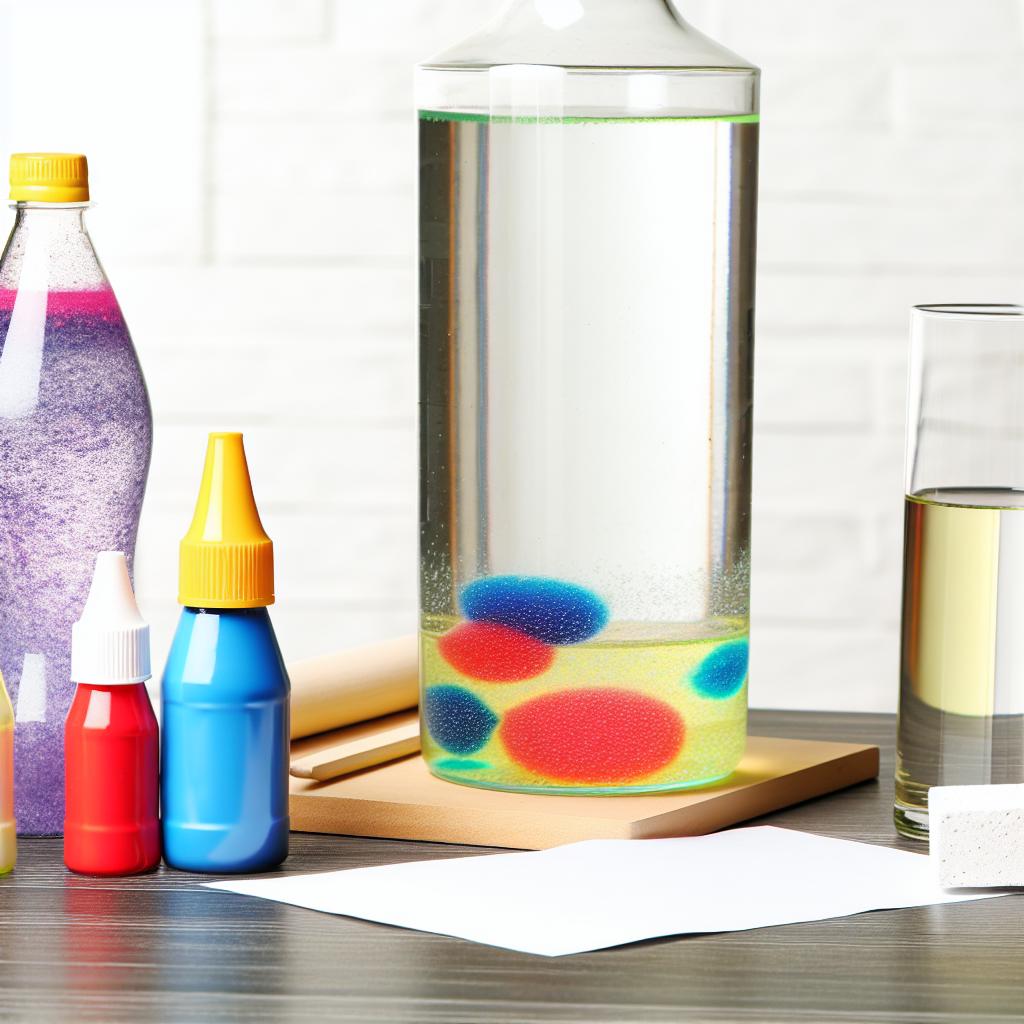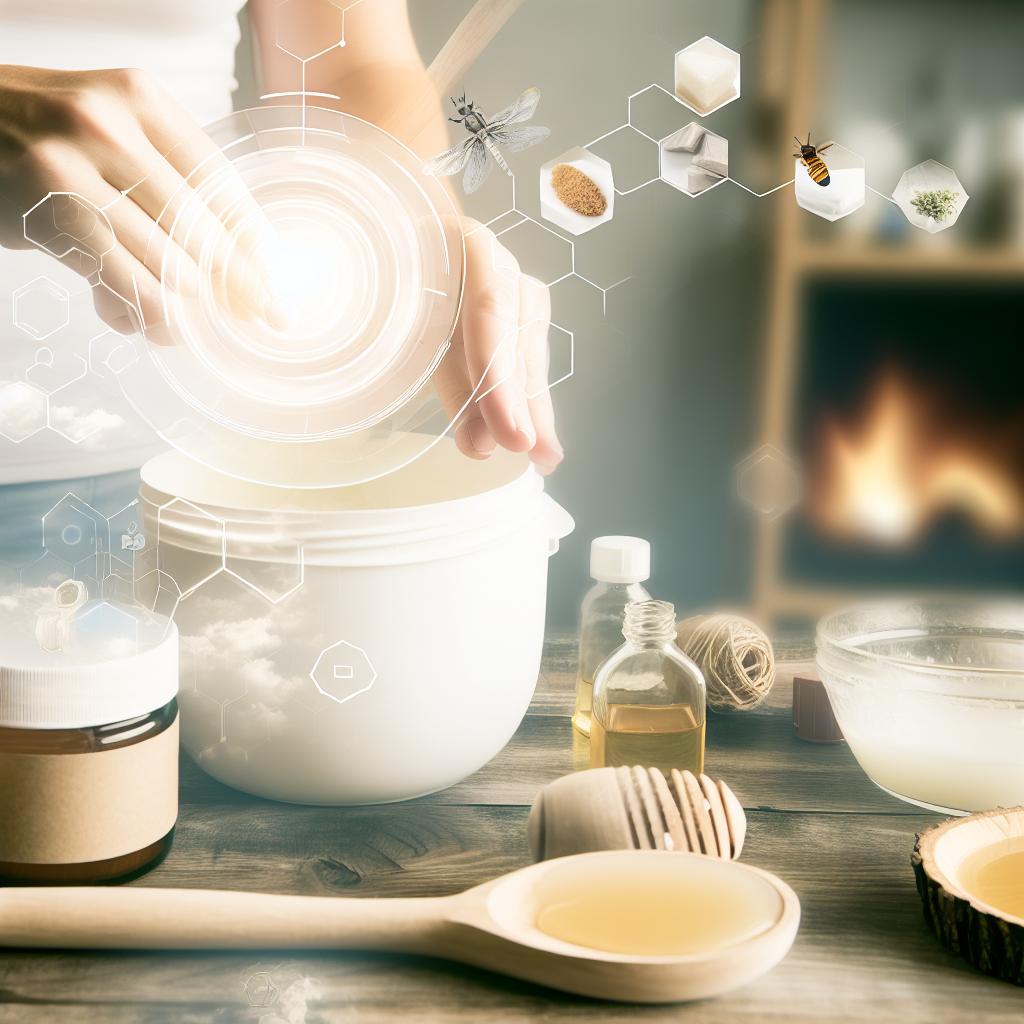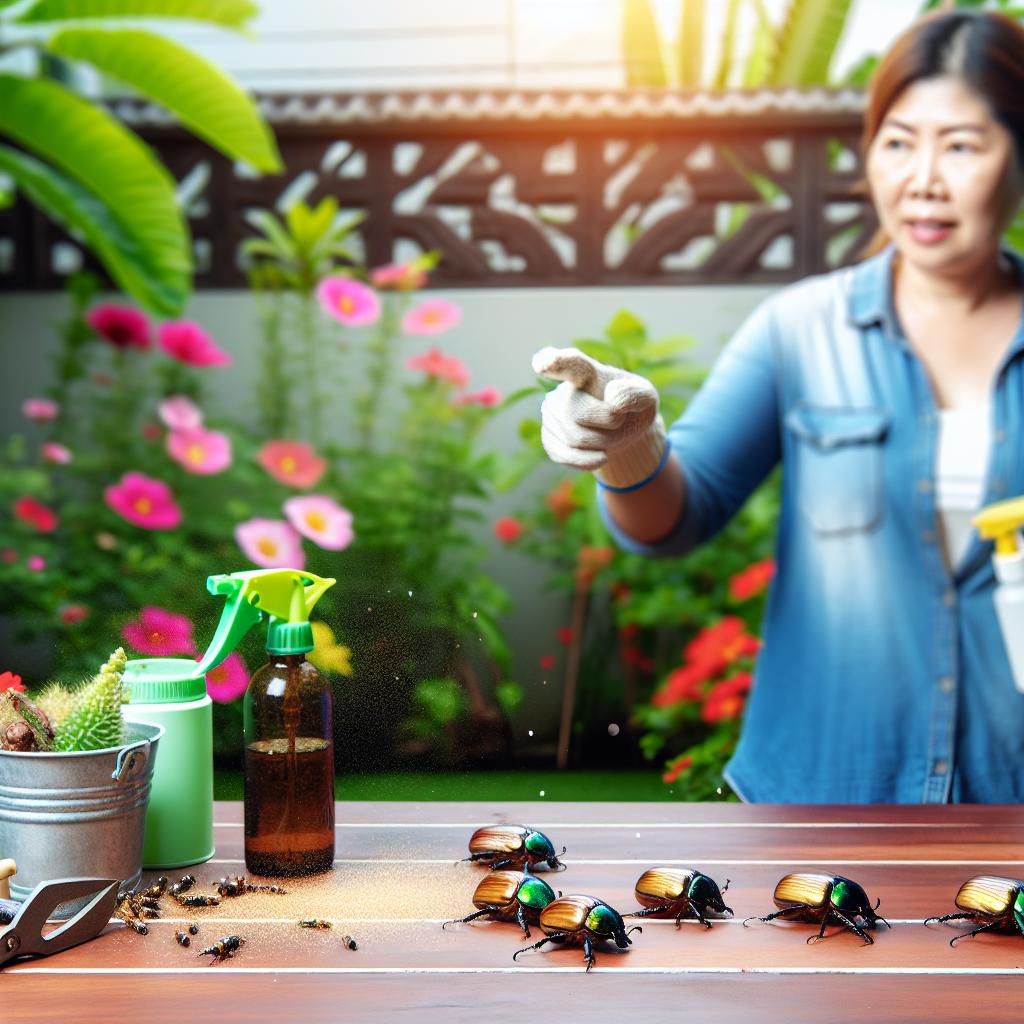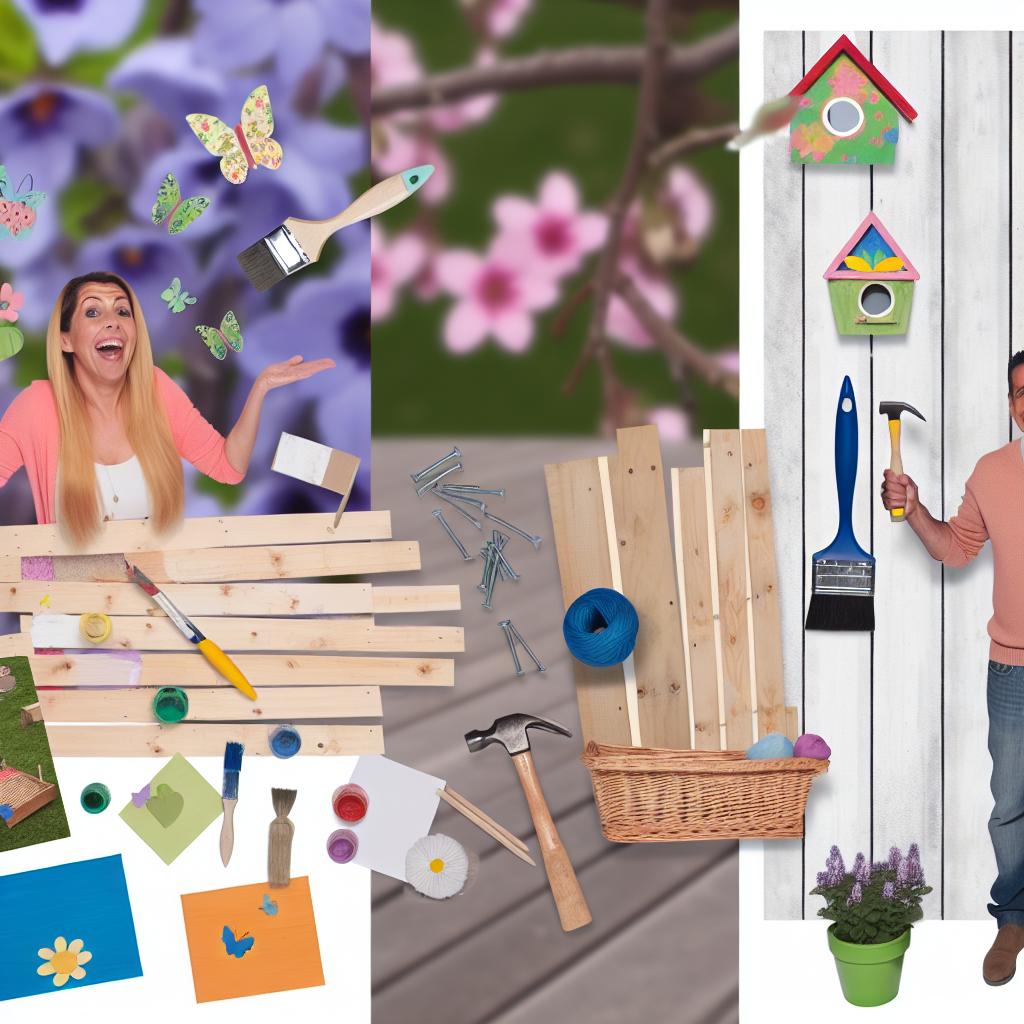Homemade Electroplating for Jewelry Projects
Introduction Have you ever looked at your handmade jewelry and wished it had just a touch more shine? Or maybe you are a DIY enthusiast eager to experiment with new techniques to elevate your creative projects? Enter homemade electroplating—a fun, intricate process that can give your jewelry pieces a professional finish without stepping into a high-end workshop. This method involves coating a metal object with a thin layer of another metal using an electric current, offering an ideal solution for those keen on enhancing the look of their DIY jewelry. In this comprehensive guide, we will discuss DIY electroplating, focusing particularly on transforming homemade jewelry projects into polished works of art. Before we dive in, you might want to explore other exciting DIY projects that can utilize easy-to-find household items. Here are some fun ideas: [simple craft ideas](https://myhomediyguide.com/simple-craft-ideas-household-items/) that can be easily assembled at home. Materials Needed To embark on your electroplating adventure, you will need some essential materials. Gathering the right supplies is crucial to ensure that your DIY electroplating project runs smoothly. Here is what you will need: Power Supply: A simple DC power supply is necessary, ideally with adjustable voltage settings. Battery chargers or old phone chargers with modified alligator clips can work too. Anode Metal: This is the metal you want to coat your objects with. For instance, use copper anodes for copper plating. Cathode Object: The jewelry piece you wish to plate. Electrolyte Solution: A solution to allow the metal to dissolve and coat the item. For copper plating, you might use a copper sulfate solution. Conductive Wire: Wires to connect your electrical elements together. Alligator Clips: To connect the wires to both the power supply and the objects. Beaker or Container: A non-metallic basin to hold the electrolyte solution and the items during the plating process. Cleaning Agents: Items such as acetone, brush, or a mild abrasive are necessary to clean your jewelry before plating. Protective Gear: Gloves and goggles are crucial for safety. Step-by-Step Guide Step 1: Prepare Your Work Area Setting up a safe and organized workspace is the foundation of a successful DIY electroplating job. Ensure you have adequate ventilation, as fumes can be released during the process. Cover your work surface with plastic sheets or old newspaper to prevent any damage from spills. Having a tidy setup will not only ease the plating process but will also help in achieving a professional finish on your homemade jewelry. Step 2: Clean the Jewelry Cleaning the jewelry is a crucial step often underestimated. Your homemade jewelry pieces must be free of dirt, grease, and tarnish. Use a mild abrasive material or acetone to remove any residue that might interfere with the electroplating. If you are into upcycling, perhaps you’ve encountered thorough preparation steps. You might find parallels with our [upcycle old entertainment center guide](https://myhomediyguide.com/upcycle-old-entertainment-center/), which also emphasizes the importance of pre-treatment to achieve the best results. Step 3: Assemble the Electroplating Setup Next, it is time to set up your electroplating apparatus. Fill your non-metallic container with the electrolyte solution suitable for the metal you are plating. Attach the alligator clip to the cathode (your jewelry piece) and connect the other end to the negative (-) terminal of your power supply. Connect the anode metal to the positive (+) terminal. Immerse both the cathode and anode into the solution, ensuring they don’t touch each other. This setup is pivotal to ensure a successful plating process. Step 4: Start the Plating Process Turn on the power supply and closely monitor the ongoing process. The current will facilitate the transfer of metal ions from the anode to your jewelry piece. Keep track of time—depending on your desired thickness, the process can take anywhere from a few minutes to an hour. Regularly inspect your piece to prevent overplating, which could lead to an uneven finish. Step 5: Final Touches Once satisfied with the plating thickness, turn off the power supply and remove your jewelry. Rinse the piece well with water to clean off any excess electrolyte solution and dry it with a soft cloth. This final finish can be compared to how a stunning result is achieved in our [easy DIY spring decor guide](https://myhomediyguide.com/easy-diy-spring-decor-to-refresh-your-home/), where attention to detail creates a refreshing transformation. Safety Precautions Working with electricity and chemicals poses risks. Therefore, safety precautions are indispensable: Protective Gear: Always wear gloves and safety goggles to protect your hands and eyes from harmful chemicals and electrical hazards. Ventilation: Ensure your workspace is well-ventilated to disperse fumes produced during electroplating. Avoid Contact: Prevent any direct contact with your skin when working with chemicals to avoid burns or irritation. Tools: Handle all electrical connections cautiously to avoid shocks and shorts. Disposal: Dispose of chemicals safely as per local regulations to minimize environmental impact. By adhering to these precautions, you can prevent accidents and ensure the process remains a rewarding experience. If you enjoy hands-on DIY activities, you might be interested in crafts that incorporate safety tips. Check out our [homemade lava lamp guide](https://myhomediyguide.com/how-to-make-a-homemade-lava-lamp/) for another safe and fun DIY project you can try at home. Before & After Photos Taking before-and-after photos of your projects is not just gratifying but serves as a valuable learning tool for your DIY electroplating journey. While capturing these transformations, consider lighting and angles to showcase your jewelry pieces at their best. If you’re familiar with documenting your projects, you will know it is similar to capturing the changes in our [DIY Japanese beetle spray for gardens](https://myhomediyguide.com/diy-japanese-beetle-spray-for-gardens/), illustrating effective results against pests. Before photos should detail the jewelry with its original surface. After the electroplating, your newly transformed jewelry should shine in all its metallic glory. Use these photos to analyze the effectiveness of your process and share your handiwork with fellow DIY enthusiasts. Comparisons like these offer a sense of satisfaction and motivation while experimenting with more complex DIY tasks. With these guidelines, you are now ready to experiment and excel in homemade electroplating for your jewelry projects. Embrace creativity while
